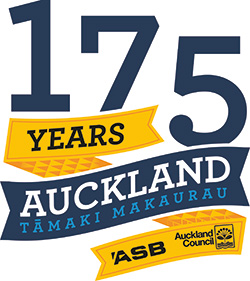In the first two weeks of the war, withdrawals at the bank exceeded deposits by close to 50,000. But things steadied and deposits once again began to outweigh withdrawals.
The ASB supported the war effort by putting cash into war loans to help finance the conflict. That amounted to 600,000, a huge amount in those days.
The bank also supported its employees; many staff sought leave of absence to fight. The trustees encouraged them and paid half their salary on top of army pay. Government moves meant mortgage extensions were granted to those who owned homes.
However, the initial celebration of the war effort dwindled when the numbers who died and the misery of battles like Gallipoli and the Somme were revealed - so much so that the steady stream of volunteers eventually had to be replaced by conscription in 1916.
While enthusiasm for fighting diminished, companies like ASB maintained moral support for those still involved in the conflict. By war's end, ASB had given more than 15,000 to various patriotic funds, the largest to the Auckland branch of the Red Cross.
But even when the war ended, the dying did not. In October 1918, 28 soldiers returning from Europe were taken sick on the voyage. They were suffering from a particularly nasty form of influenza and taken to hospital, but within days hospital staff were also going down and all of Auckland was buffeted by this bug.
The hospital couldn't cope; temporary wards were set up at schools and racecourses.
At its height, the flu killed 58 in Auckland and 500 across the country in an epidemic in which up to 40 per cent of New Zealanders fell ill and 6000 died (1600 in Auckland).
There was a terrible irony that a conflict so awash in death should be followed by more deaths at the one place soldiers and their families could expect to be safe: home.
However, there was an unusual side effect from the bank's participation in the war; it prompted the first female staff to join the bank, filling the gaps left by those serving overseas.
The same thing occurred in World War II when so many men were away, laying the foundations for a high percentage of female participation in the bank's ranks.
When the war was over, many of those women left the bank - some to make way for men returning to jobs, some to start families - but many would later return as full-time employees.
Of the 69 ASB staff who survived the war, some resigned to take advantage of resettlement schemes that helped soldiers into farms. Others stayed in the armed forces or went into the growing aviation industry.
The bank helped the war effort in others ways - helping the Government stave off what it saw as an inflationary "bomb", centering around the attractive National Savings accounts.
These accounts, bearing attractive interest rates, were a success in terms of raising funds for war; but when it ended the Government feared wholesale withdrawals would fuel runaway inflation as people spent instead of saving.
The ASB maintained its National Savings accounts without charge, helping to stave off an inflationary blowout, but with some fears that the high interest rates would buffet profits. They didn't - and the bank continued its growth into the 1950s.
\
